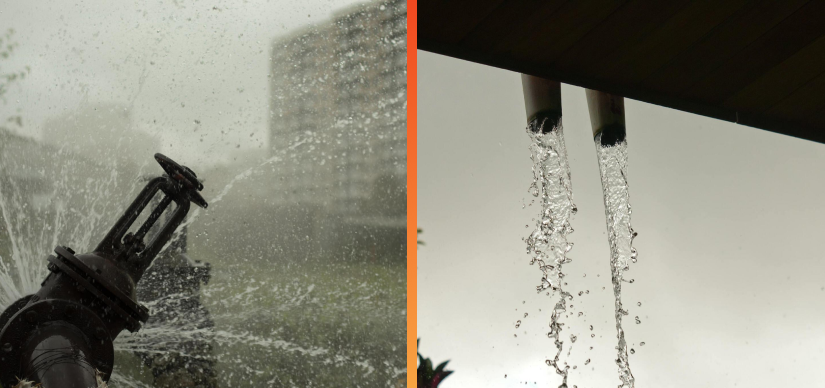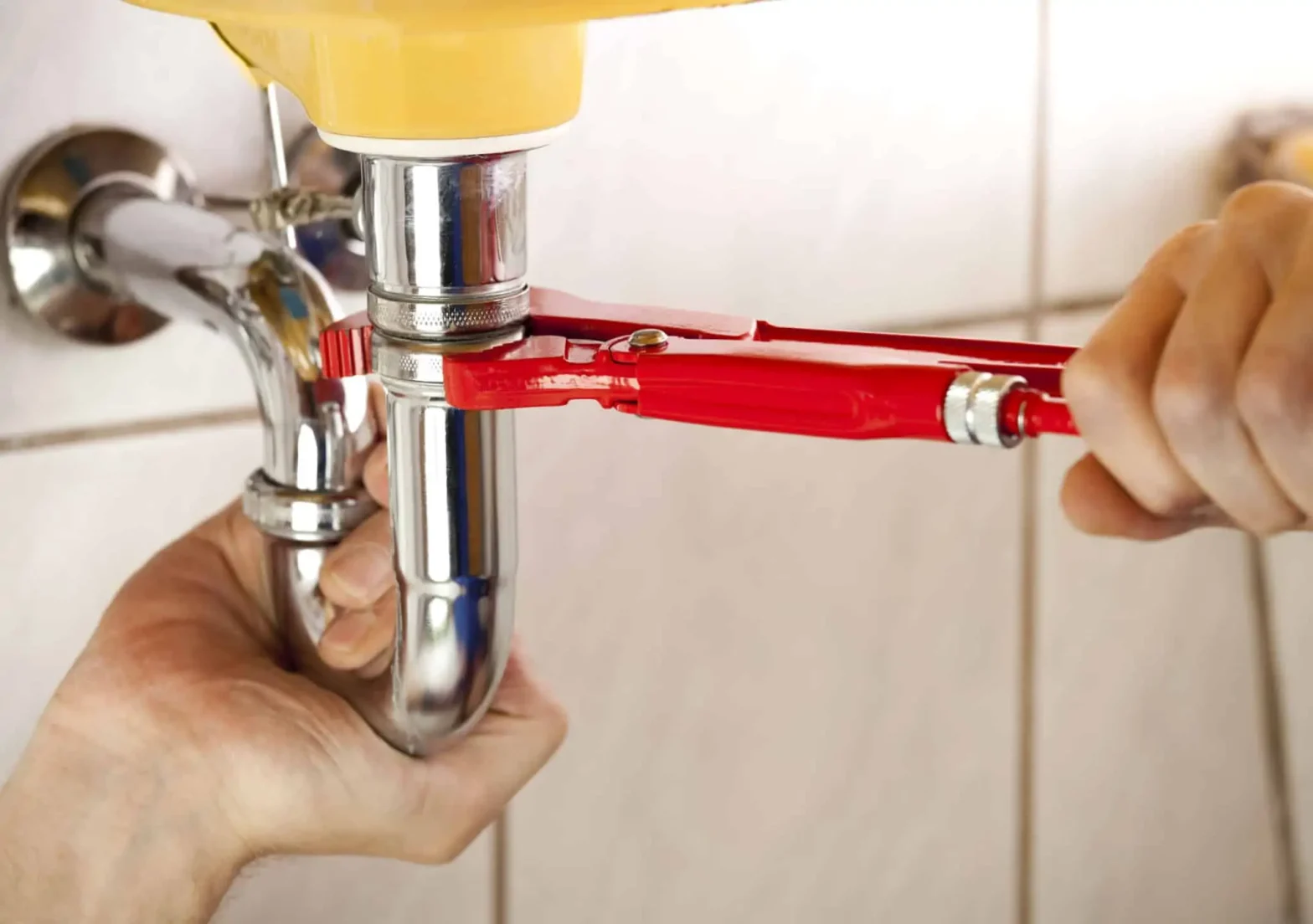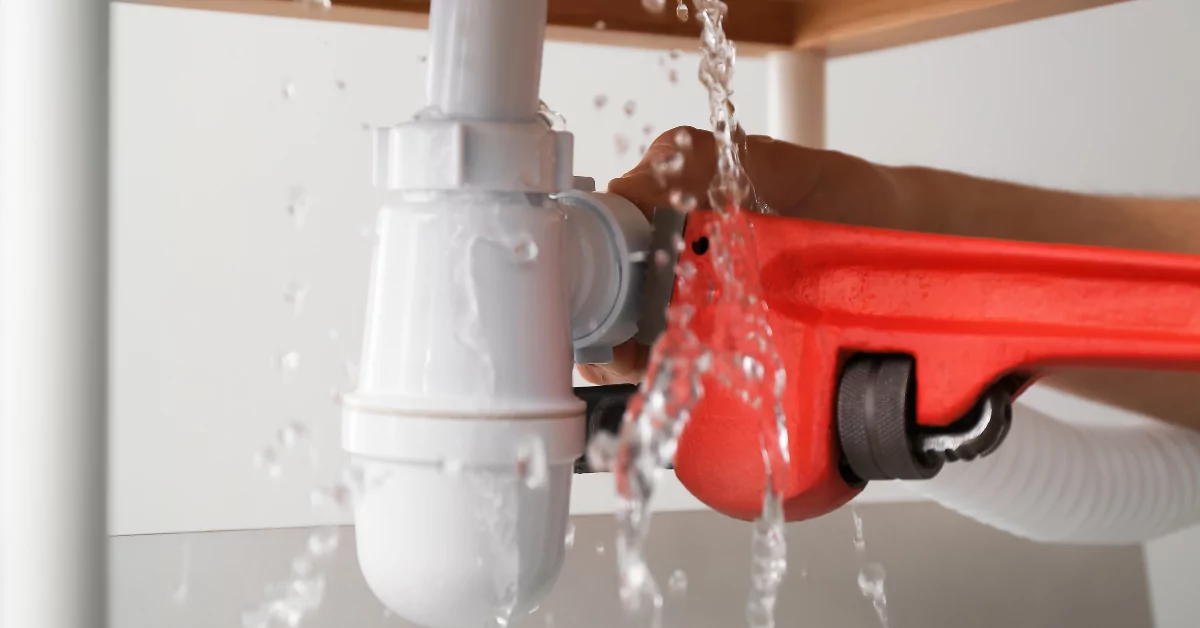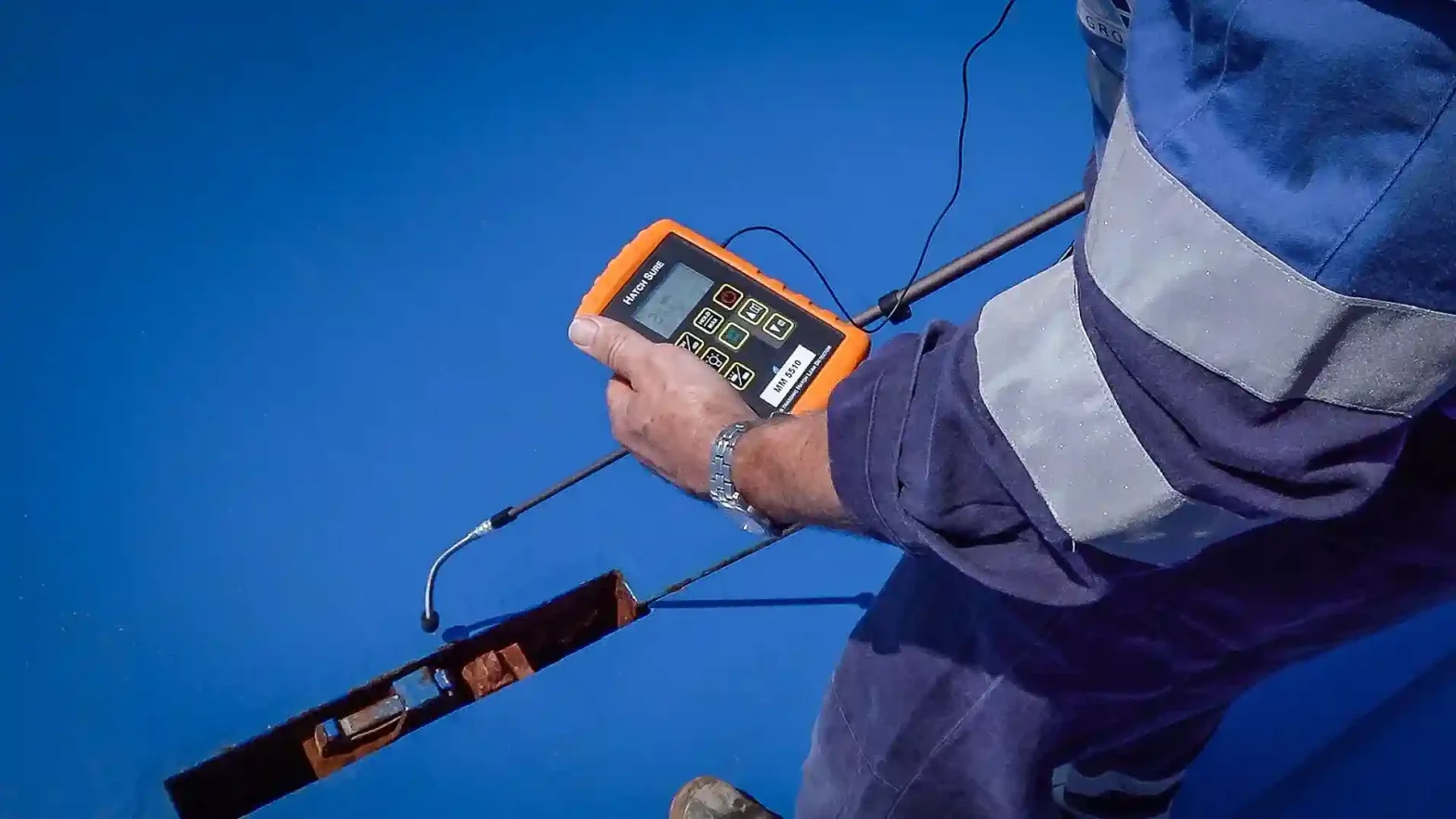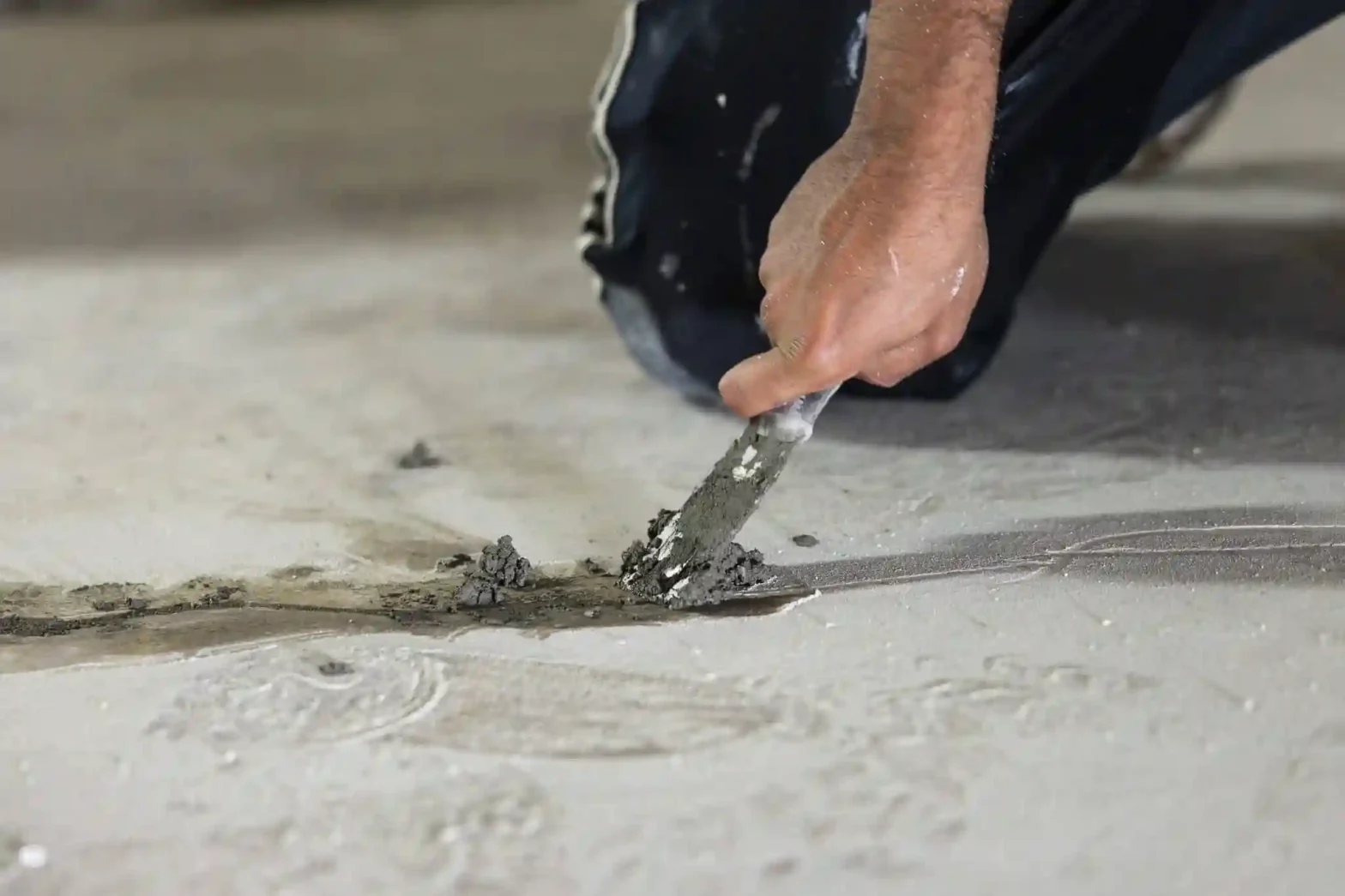Impact of Intense Rainfall on Your Plumbing System
During the time of intense rainfall, the homes’ plumbing systems can be put to the test. Heavy downpours place extra strain on gutters, pipes, drains, and sewer lines as large volumes of water rush through them all at once. If not properly maintained, this heavy pour can overwhelm the plumbing infrastructure and cause leaks, backups, and flooding. That’s why you need plumbing services in Los Angeles prior to any storm as a preventive measure.
Proper drainage around the house’s foundation is critical to prevent water from seeping into basements. Clogged drains and pipes slow the flow of water and make them more likely to overflow. Rainwater pouring down from the roof can also overload your gutters if they are blocked by debris. Intense storms may even pressurize aging or damaged sewer pipes to the point where they crack open.
Taking preventative steps like getting help from a Los Angeles plumbing company for inspecting and cleaning your plumbing before rainy seasons can help minimize the risk of rainfall-related plumbing emergencies. A little prevention goes a long way when faced with heavy rains.
Impact of Heavy Rains on the Plumbing
Heavy rains can quickly go from refreshing to problematic when plumbing systems are affected. Here are some of the common ways that intense rainfall can impact pipes and drains around your home.
1. Identify Weak Points
When heavy rains pour, even well-designed plumbing systems can spring leaks. Identifying potential weak points in your home’s plumbing ahead of time allows you to shore them up before major storms hit.
Inspect areas where leaks may allow water intrusion during downpours. Window frames, doors, and foundations are common entry points. Check for cracks or gaps and seal them up. Make sure basement walls are properly waterproofed.
Examine plumbing joints, valves, and connectors made of plastic or rubber. These can dry out and crack over time, opening up at weak points when pressurized by heavy rainfall. Replace worn washers, fittings, and flexible pipe connections.
Trace buried sewer lines and note older segments made from clay or iron pipe. Tree roots can infiltrate and cause fractures. Sections with prior repairs may be prone to shifting or leaks. Strategically replace the most vulnerable parts of underground plumbing before they fail completely.
Being proactive and taking help from the best plumbers in Los Angeles to find and address weak spots provides insurance against rainfall-induced plumbing disasters. An ounce of prevention is invaluable when intense storms arrive.
2. Groundwater Level
During heavy rainfall, groundwater levels can rise dramatically and put additional pressure on plumbing systems. Saturated soil loses its ability to absorb and drain water away from your home’s foundation and buried pipes.
Watch for plumbing leaks or wet spots developing in basement walls or floors when the water table is high. Groundwater can seep through tiny cracks and openings. Make sure sump pumps are functioning to pump away accumulating groundwater. Consider installing an interior drain tile system as a protective barrier.
Outside, elevated groundwater buoyantly pushes up on buried pipes and joints. This added force can dislodge old pipe sections and cause new fractures. Sewer lines installed at minimum depths are the most vulnerable. Inspect for any ground settling or water pooling near pipe locations after heavy rains.
Excess groundwater also reduces soil stability. Its lubricating effect can cause the normally firm ground to shift or subside. This uneven settlement strains and stresses plumbing pipes. Reinforce underground pipes with gravel backfill or sleeves with flexible couplings.
Monitoring groundwater levels provides early warning of potential plumbing impacts. When rains raise the water table, be ready to take preventative action.
3. Damaged Sewer Pipes
Aging and deteriorating sewer pipes are especially vulnerable when heavy rains arrive. Cracks and holes allow stormwater infiltration, leading to backups and overflows. Tree roots slowly pry apart pipe joints, creating fractures for water to seep in.
Inspect the ground above buried sewer lines after intense rainfall. Saturated soil can sink or erode, revealing underlying pipe damage. Watch for persistent wet spots, pooling water, or subsidence. They signal leaks below.
Look and listen for gurgling sounds from toilet bowls or slow draining fixtures. This indicates sewer backups and clogged vent pipes. Locate the main sewer cleanout and remove the cap after rains to check for flow. Slow drainage could mean a partial blockage.
Video camera pipe inspection can identify intruding roots, cracks, misalignments and other damage before it fails completely. Targeted repairs or total pipe relining provide long-term solutions. Installing cleanout and backflow valves prevents stormwater from backing up during downpours.
With early intervention, damaged sewer lines can be upgraded and protected from further rainfall deterioration. Ignore the signs, and you risk much bigger headaches.
4. Backflow Risks
Intense rainfall can lead to hazardous plumbing backflows into your home if proper valves are not in place. When stormwaters overwhelm drainage systems, flows can reverse and come back up through pipes and fixtures.
Make sure backwater valves are installed on main sewer lines and basement floor drains. These one-way valves allow flow out but prevent backflow ingress. Inspect them regularly to ensure they are clear of obstructions and functioning properly.
Outdoor faucets also pose backflow risks. Install anti-siphon valves to prevent contaminated water from being siphoned back into household plumbing. Similarly, clothes washer drain hoses placed into laundry tubs can act as a conduit for backflows. Use solid standpipes instead of draining into sinks.
Watch for plumbing fixtures discharging foul water during heavy rains. This signals contaminated backflow. Reduce usage until drainage returns to normal. Thoroughly sanitize any fixtures with backflow discharge once flooding has subsided.
Being vigilant against plumbing backflows prevents unsanitary and hazardous water from entering your home. Take steps to guard against this dangerous impact of extreme weather events. A little prevention goes a long way.
5. Gutter System Overload
A home’s gutter system bears the initial brunt of rainfall rushing off the roof. When downpours overwhelm gutters, water can overflow and leak into the structure.
Inspect gutters prior to rainy seasons. Call the Los Angeles drain cleaning company to remove debris like leaves and branches that obstruct flow. Check for proper slope so water drains completely. Repair leaks or sagging sections that hold standing water.
Consider taking help from a residential plumbing Los Angeles company for installing larger gutters, additional downspouts, and rain diverters to handle maximum roof runoff. Direct downspouts several feet away from the foundation so overflow doesn’t pool around it.
Use gutter guards to prevent clogging from roof debris. Leaf screens maintain flow if small blockages occur. Manage overhanging trees and shrubs to reduce leaf litter falling on the roof.
With some preventative maintenance and upgrades, your gutters can handle even torrential downpours. Don’t wait until they overflow to take action. Be proactive in preparing them for monsoon-like conditions.
6. Pipes Under Pressure
When intense storms drop massive volumes of rain, household plumbing pipes and sewer lines become pressurized. The surging flow can burst pipes or dislodge clogs.
Plumbing services in Los Angeles can help you inspect plumbing joints and connectors for weakness and early deterioration. Push-fit plastic joints can pull apart when pressurized. Replace worn washers and fittings ahead of storm seasons. Consider replacing plastic supply tubes with more rigid copper.
Listen for sounds of rushing water in walls or a chronic dripping noise from faucets. This may indicate leaks, as pressurized pipes stress to their limits. Be prepared to shut off water valves if pipes rupture.
Watch for toilets, showers, and drains suddenly draining slowly. Pressurized flows can knock loose interior deposits and debris, clogging plumbing. Open cleanouts after rains to check for blockages.
With the help of Los Angeles plumbing services, install clean-outs on main sewer lines. This allows access to clear debris stirred up by high flows. Tree roots wrapped around pipes get pruned away before causing major blockages.
With proper maintenance and vigilance, pressurized pipes can withstand intense rainfall. Take steps now with plumbing services in Los Angeles to prevent system failures when the next big storm arrives.
7. Drainage Problems
Heavy rainfall can put additional strain on home drainage systems, potentially leading to clogged pipes or water backflows. Prolonged wet weather means more water flowing into drain lines from downspouts, sump pumps, and other sources. This increased volume boosts pressure and flow rates inside pipes. Over time, this can dislodge built-up grease, soap residue, food waste and other debris, forming clogs.
Additionally, municipal sewer mains may become overwhelmed if storms are severe enough, causing wastewater to back up into household drain lines. Many homes have protective features like backflow valves, but heavy volumes of rain can still sometimes overpower these devices.
By being aware of drainage capabilities and taking proactive maintenance steps with Los Angeles plumbing company, homeowners can help minimize problems. Some examples are routinely cleaning traps and installing mesh drain guards to catch hair and particles. Having a professional plumbing inspection through a Los Angeles plumbing repair company to check piping condition and functionality can also help catch minor issues before they turn into major headaches.
Conclusion
While heavy rain can certainly place additional strain on household drainage, there are steps homeowners can take to improve resilience. Routine maintenance like cleaning out visible traps, installing protective features like backflow valves where lacking, and having regular professional inspections done are proactive measures to take. Keeping drainage capabilities in mind and not taxing systems past their limits will also help prevent problems.
By understanding how downpours put extra pressure on plumbing and overflow municipal sewer mains, homeowners can better prepare for intense rainfall events. Implementing small drainage upgrades or modifications when older piping shows signs of distress can also extend the lifetime of existing systems. With plumbing services in Los Angeles, some attentive care and planning can be done so that homeowners can be relieved with reduced inconveniences of clogged drains, leaks, and backups during periods of hard rain.


